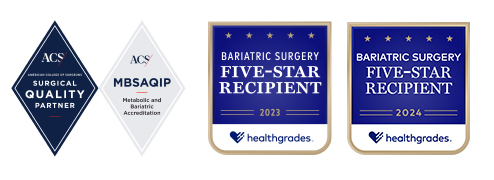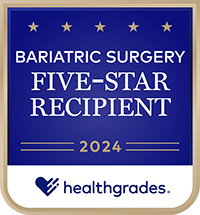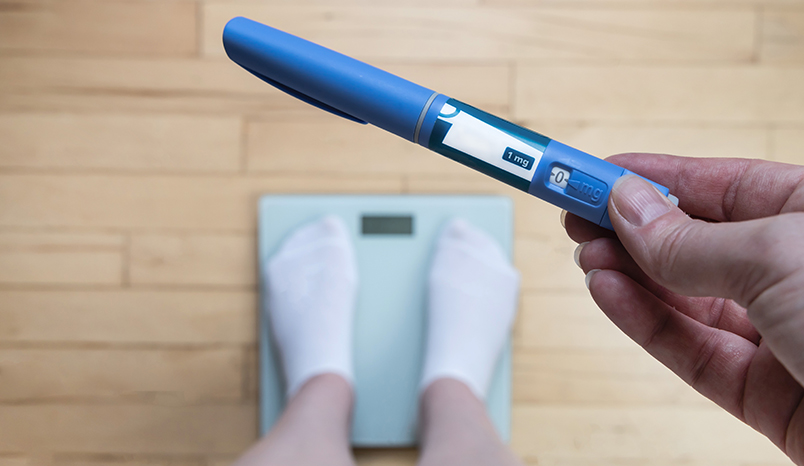
Weight Loss Services

Metabolic & Bariatric Surgery
Embrace a Healthier You
Obesity is a serious and chronic disease which can lead to many debilitating medical conditions. At Overlake, we understand the challenges you face, and we are here to support you on your weight-loss journey. Our comprehensive Bariatric Surgery Program offers an array of treatment options tailored to your individual needs, empowering you to achieve your weight-loss goals and regain control of your health.
Nationally Accredited and Recognized for Quality and Patient Safety
The Overlake Bariatric Surgery Program is a designated Comprehensive Accredited Center by the Metabolic and Bariatric Surgery Accreditation and Quality Improvement Program (MBSAQIP). This designation recognizes programs that perform a large number of complex bariatric surgeries each year with an ongoing commitment to quality and patient safety.

Recognized for Excellence
Overlake participates with all major health plans and has been recognized by many of them by awarding our Bariatric Surgery Program with designations of quality excellence.

5-Star Rating and Surgery Excellence Awards from Healthgrades

The Overlake Bariatric Surgery program has also received a five-star rating from Healthgrades for nine years. This five-star distinction reflects Overlake Medical Center’s commitment to consistently delivering the best care possible placing the organization in the upper echelon of hospitals for Bariatric Surgery care nationwide. In fact, this year Overlake is the only medical center in the Seattle area to achieve the 5-star for Bariatric Surgery.
Why Choose Overlake's Bariatric Surgery Program?
- Exceptional Expertise: Overlake takes pride in its team of highly skilled surgeons, nutritionists, nurses and therapists who specialize in bariatric procedures. Our experts are compassionate, experienced and dedicated to providing personalized care to every patient.
- Comprehensive Approach: Our program not only focuses on surgical interventions but also emphasizes the importance of nutrition, exercise and mental well-being. We provide you with the tools and resources needed for a successful, long-term weight-loss journey.
- Proven Results: With nearly 500 surgeries performed annually, Overlake's Bariatric Surgery Program is one of the largest and most reputable in the region. Our track record of successful outcomes speaks volumes about the quality of care we provide. It has been the recipient of several national accreditations, awards and excellence designations.
- Minimally Invasive: All bariatric surgery procedures are performed laparoscopically or by using the daVinci robotic-assisted system, which are minimally invasive surgery techniques in which the surgeon makes small “keyhole” incisions which leads to less pain and faster recovery times.
- Supportive Community: Join a community of individuals who understand your struggles and triumphs. Our supportive network of patients, caregivers and healthcare professionals will be with you every step of the way, offering encouragement, guidance and inspiration. Visit our Support Groups to learn more.
- Tailored Treatment Plans: We recognize that every patient is unique. Our team works closely with you to develop a personalized treatment plan that aligns with your specific goals, medical history and lifestyle. Your success is our priority.









